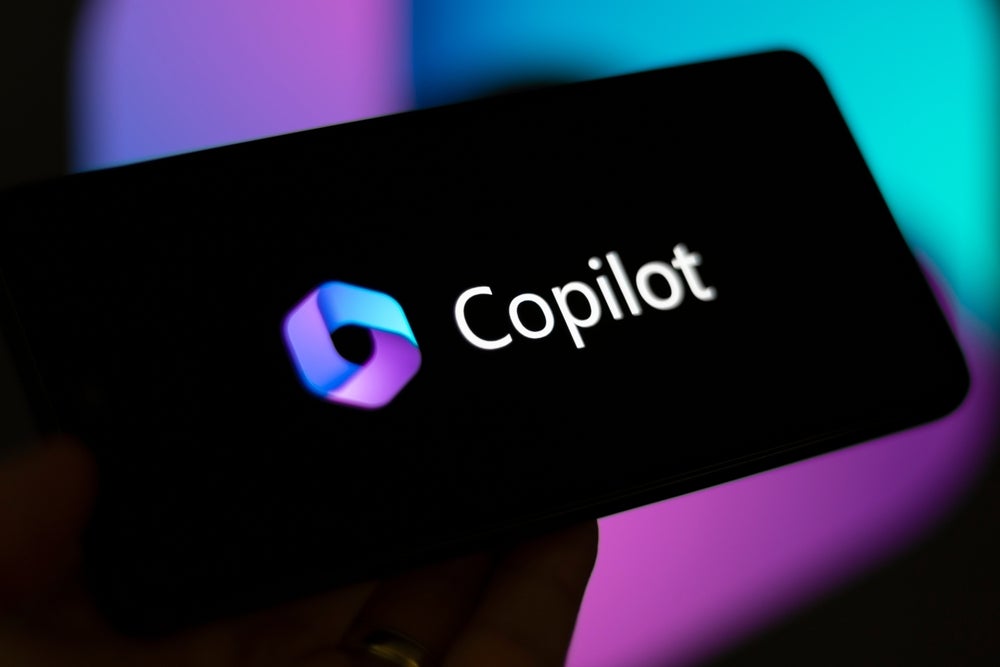Microsoft tore the wrapping paper from its latest contact center offer with the general availability of ‘Microsoft Dynamics 365 Contact Center’ on July 1, 2024.
Microsoft Dynamics 365 Contact Center is a contact center-as-a-service (CCaaS) offer that works across channels including voice, SMS, chat, email, and social media apps. It incorporates Microsoft Copilot, a proprietary generative AI (GenAI) and natural language processing engine to provide personalised self-service as well as automate repetitive agent tasks such as summarising conversations, drafting emails, and offering suggested responses.
Intelligent routing can transfer self-service requests to an agent best qualified to assist. GenAI-based, real-time reporting allows supervisors to assess center operations. Users can also connect to customer resource managements (CRMs) and custom apps they already use.
Microsoft contact center confusion
When it comes to Microsoft, contact center is the gift that keeps on giving. Pre-dating this new arrival is a string of ancestors born annually, featuring overlapping functionality and sometimes bearing similar names. Sorting through the morass is confusing.
It is not clear whether Microsoft Dynamics 365 Contact Center is a unique persona or merely a twin. The name reads like a cross between ‘Microsoft Digital Contact Center Platform’ released in July 2022 and ‘Copilot in Microsoft Dynamics 365 Customer Service’ released in March 2023. Also, functionality bears a striking resemblance across the three offers. For example: the option of self-service capability or connection to a virtual or live agent; support for numerous customer engagement channels; suggested responses to customer inquiries; automation of multiple agent tasks; and extensive use of GenAI.
The confusion does not terminate there: Microsoft also just introduced ‘Microsoft Dynamics 365 Customer Service Premium,’ which takes Microsoft Dynamics 365 Contact Center and layers on top another service – the similar sounding ‘Dynamics 365 Customer Service Enterprise.’ The combined offer is an integrated contact center and CRM service solution that creates personalised customer journeys. However, the value of the offer gets lost in the shuffle of confusing naming conventions.
Competitors offer easier choices
A sequence of contact center offers that are difficult to parse is only one Achilles’ heel that Microsoft needs to resolve. Competitors such as Cisco, Zoom, and RingCentral bring contact center offers to the market as well, and they are continually enriching them with new features and capabilities. In addition, they don’t suffer puzzling nomenclature, nor do they come with historical baggage attached: Customers avoid the struggle of attempting to decipher the portfolio.
Microsoft could alleviate some of the competitive pressure by mimicking those same rivals and coupling Microsoft Dynamics 365 Contact Center with Microsoft Teams to fill the growing need for integrated unified communications-as-a-service (UCaaS) and CCaaS that allows all customer facing employees to better serve customers.
It is surprising that Microsoft has not taken that logical step. If it does and plants a firm stake in the ground with an unwavering, definitive, flagship contact center offer, it would make for a nice springboard for future success in the contact center space.










